Megalopolis
Megalopolis / 2021 / SFMoMA 2021
Christoph Bader, Anran Li, Nitzan Zilberman, David Franck, Grey Wartinger, Khoa Vu, Neri Oxman @ OXMAN
Studies
for Francis Ford Coppola’s Megalopolis
Taking the long view of habitat loss and species extinction, OXMAN revisits Manhattan’s pre-1600s landscapes, when the Island was home to the Lenape people and known as Mannahatta (‘land of many hills’). Before the Dutch arrived, the center of Manhattan was once a diverse, natural landscape of hills, valleys, forests, fields, wetlands, salt marshes, and streams. Mannahatta had over 55 different ecological communities on a territory of 20 square miles.
What is now a human-centered cultural hub was once a nature-centric econiche, home to mammals, birds, fish, plants, fungi, and bacteria. It supported more ecological communities per acre than Yellowstone, more native plant species per acre than Yosemite, and more birds than the great Smoky Mountains.
Today, Manhattan is a precarious habitat threatened by extreme forces of rapid climate change, with future projections reported by the 2021 Intergovernmental Panel on Climate Change (IPCC) including higher temperatures, increasingly frequent heavy downpours, and a rising sea level that will further increase storm surges and coastal flooding. If humanity is to survive and thrive, we must rethink our relationship with Nature.


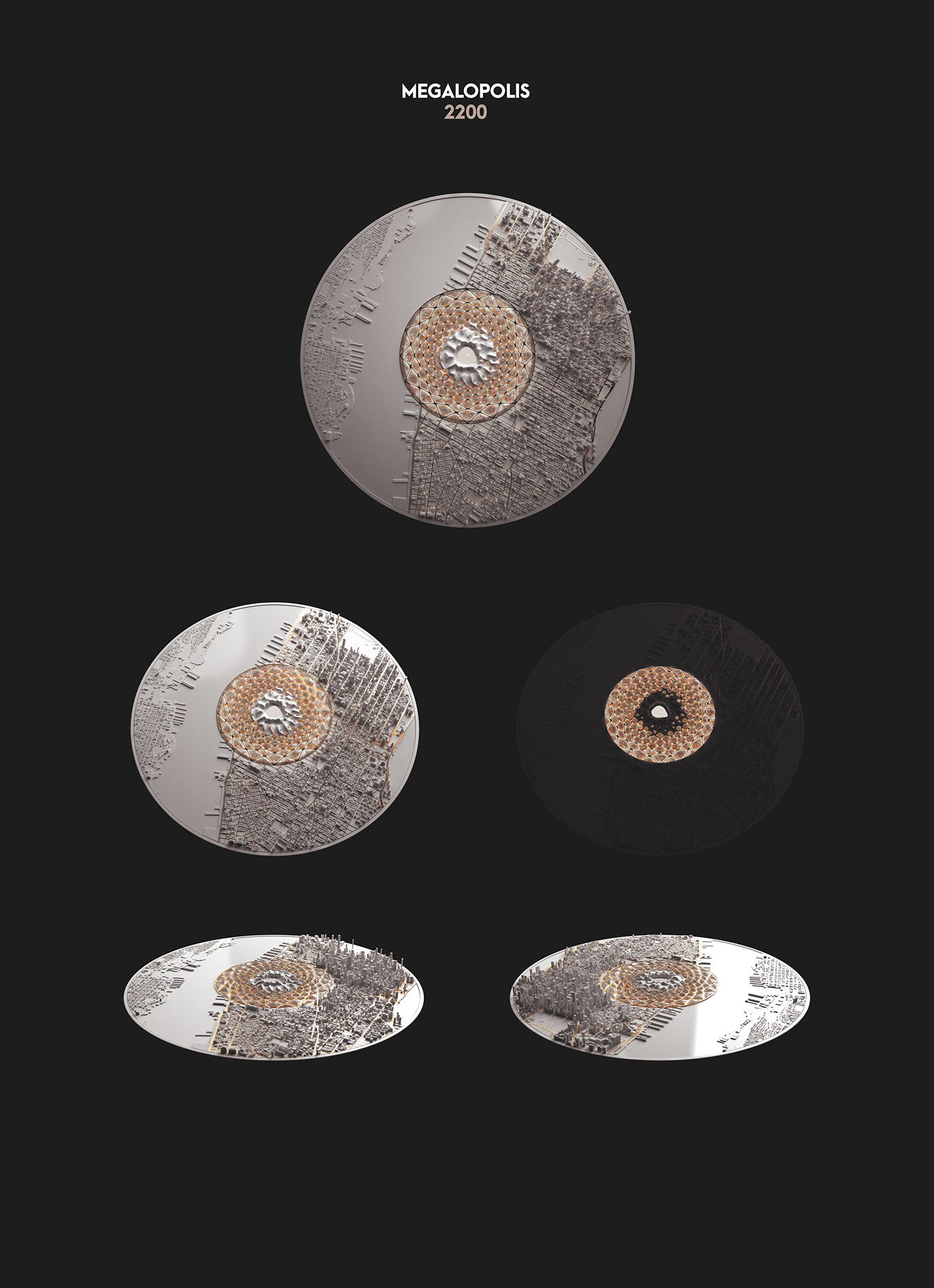
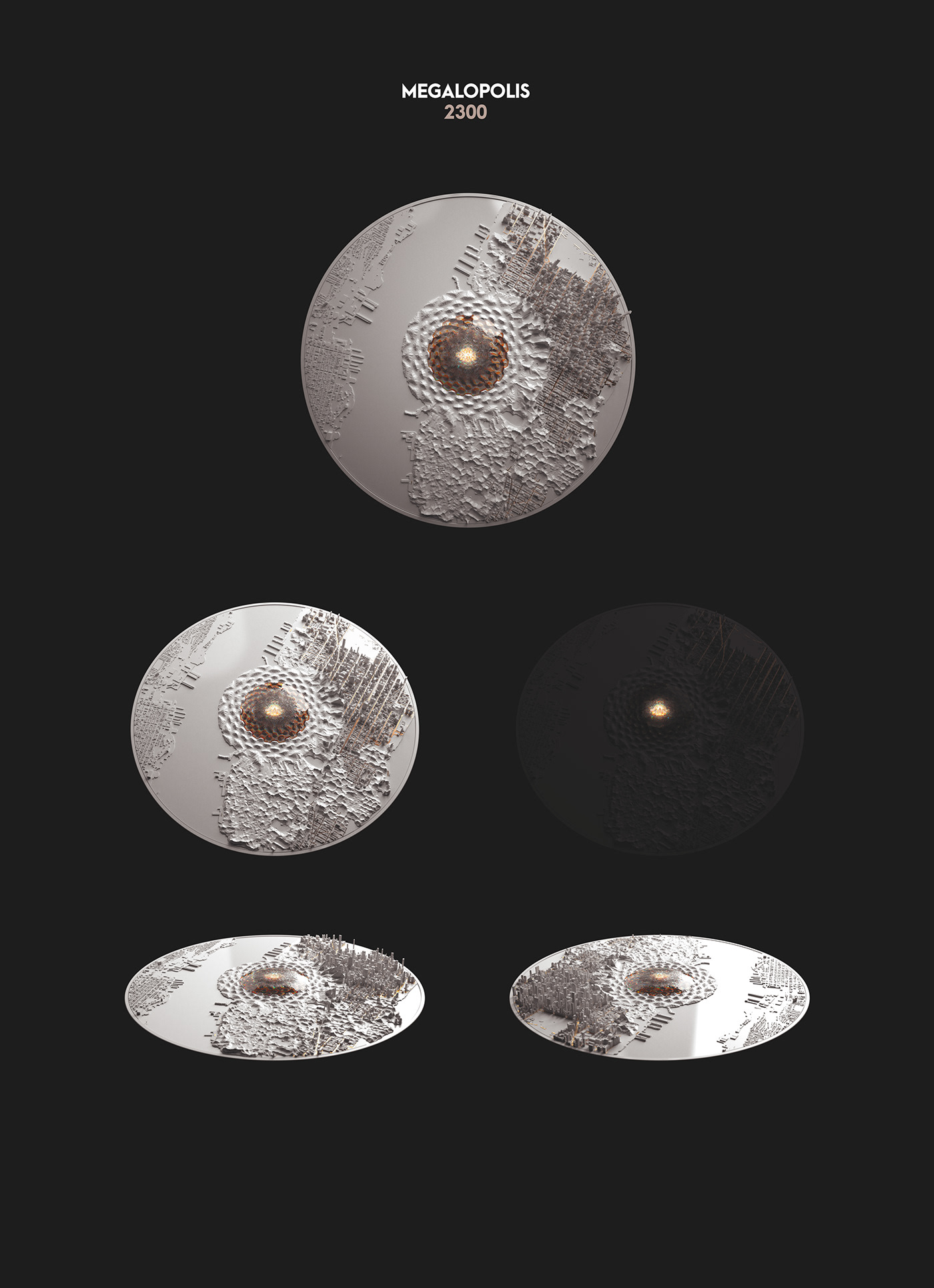
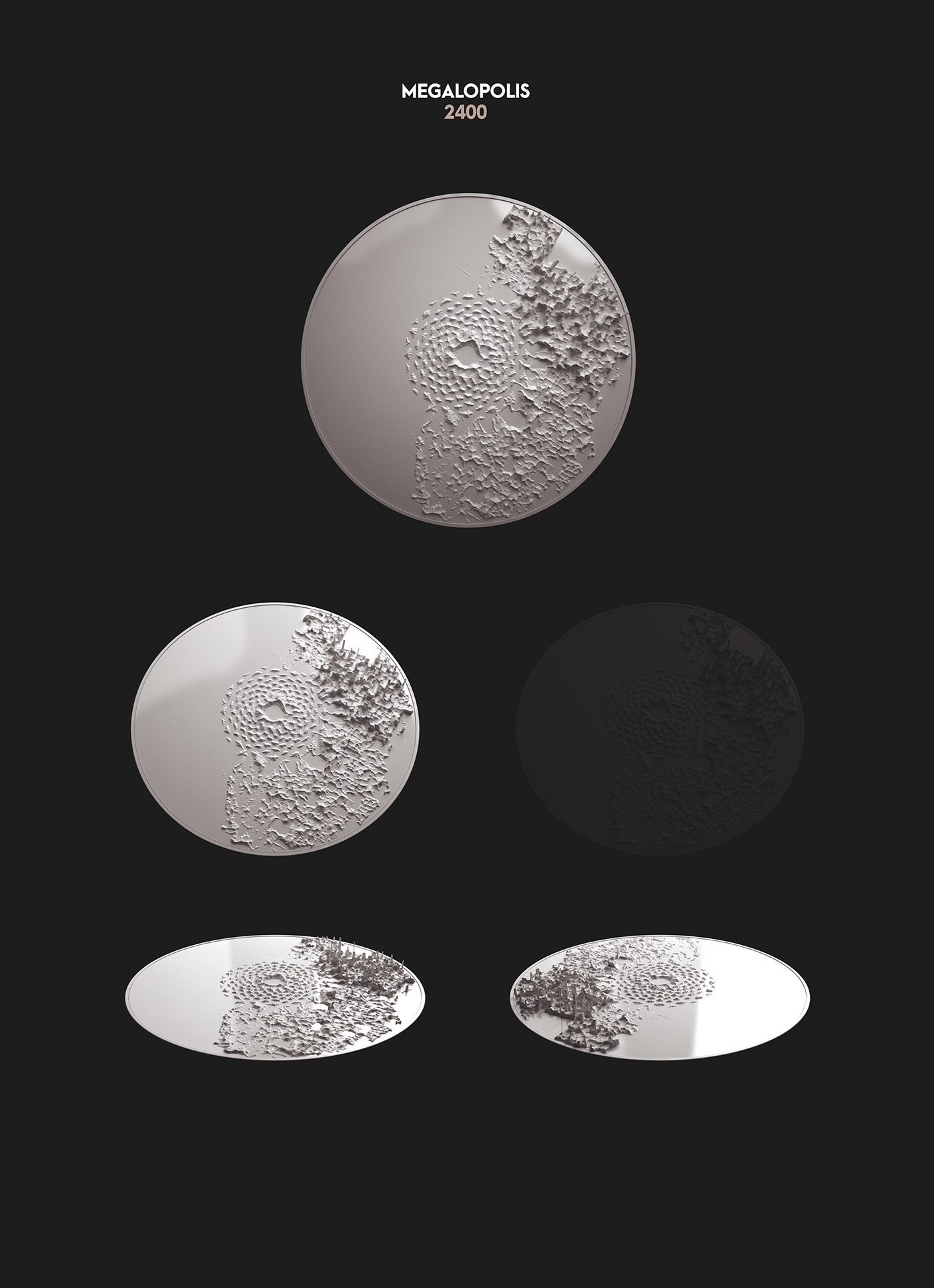
Variations
















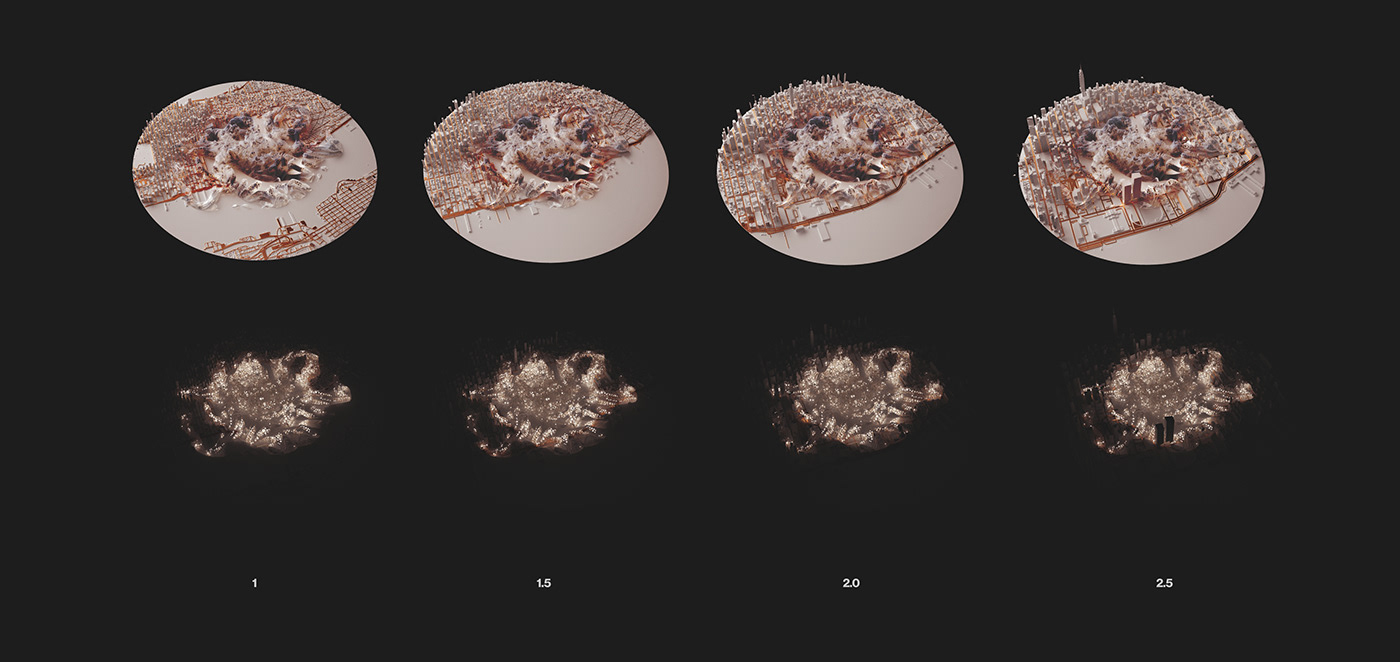
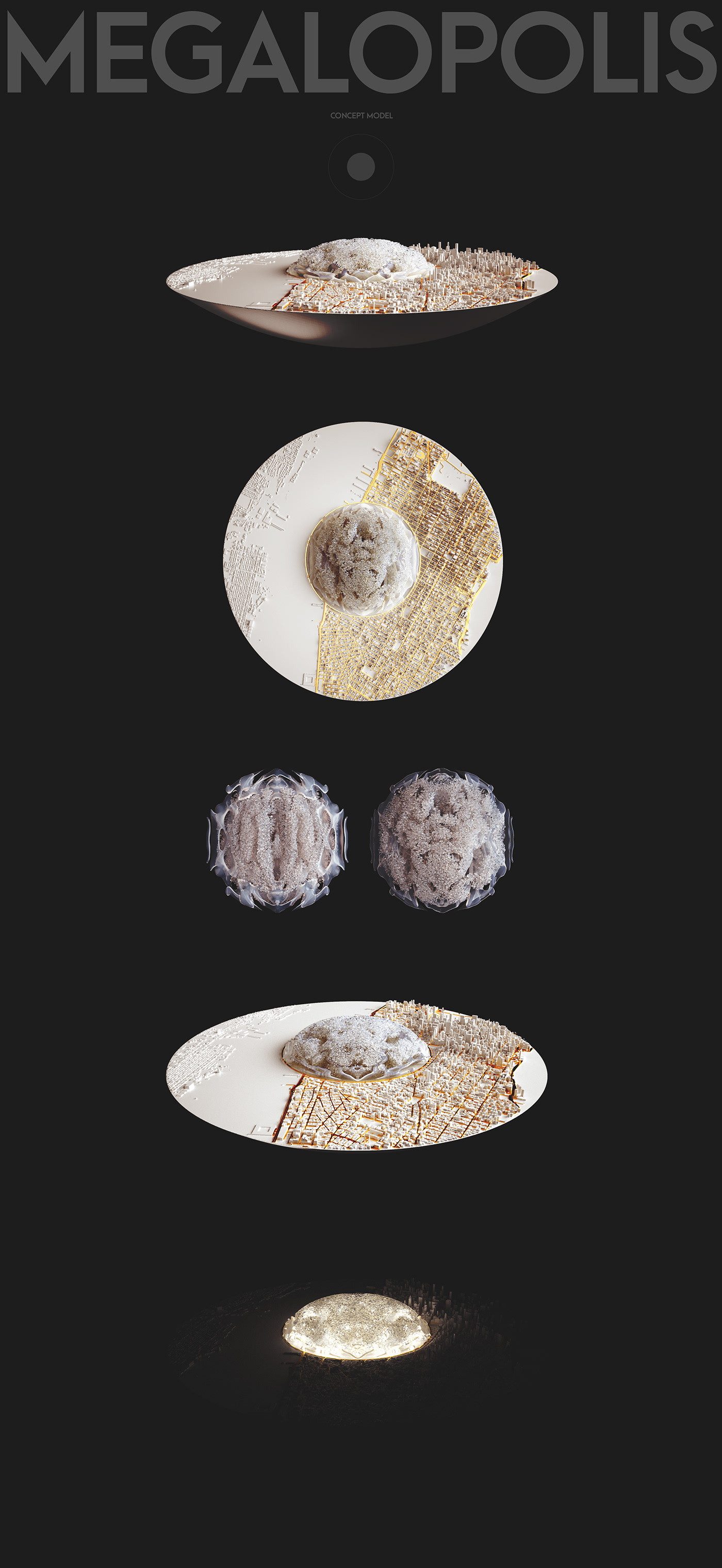
Methods
Computational growth across material and urban scales offers a framework for design through self-organization, enabling the generation of vast, diverse forms exhibiting characteristics like those that emerge through the biological growth processes found in Nature. In this project, we construct an oriented volume spanned by surface normals of the shape at every point. The value of the oriented volume drives the iterative deformation of the shape. Depending on the parameterization of this process, we can obtain distinctly different growing forms. Importantly, the emergence of these forms is driven only by the time evolution of a geometric operator acting on the shapes iteratively, thereby connecting geometry and growth through an algorithm. To form the Man-Nahata landscape, the buildings of the urban landscape are transformed through repeated morphological closing operations, where the field of influence follows a gradient from the center to the outskirts of a circular region. Simulated erosion and soil deposition are applied to the modified cityscape according to site-specific environmental conditions. This results in a topography in which hills are the remains of skyscrapers and valleys follow the streets of the city grid.
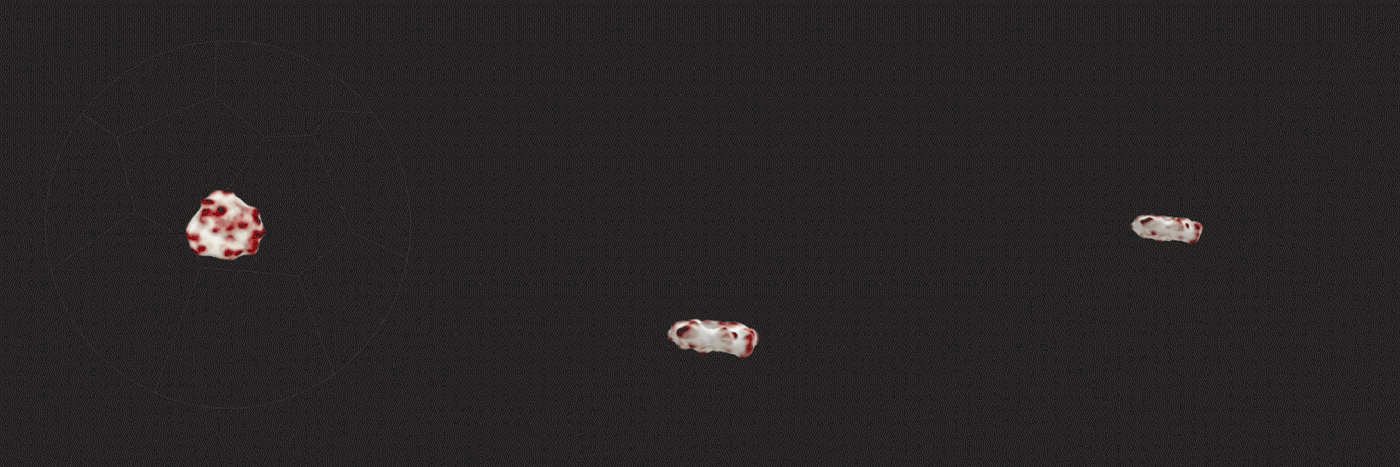
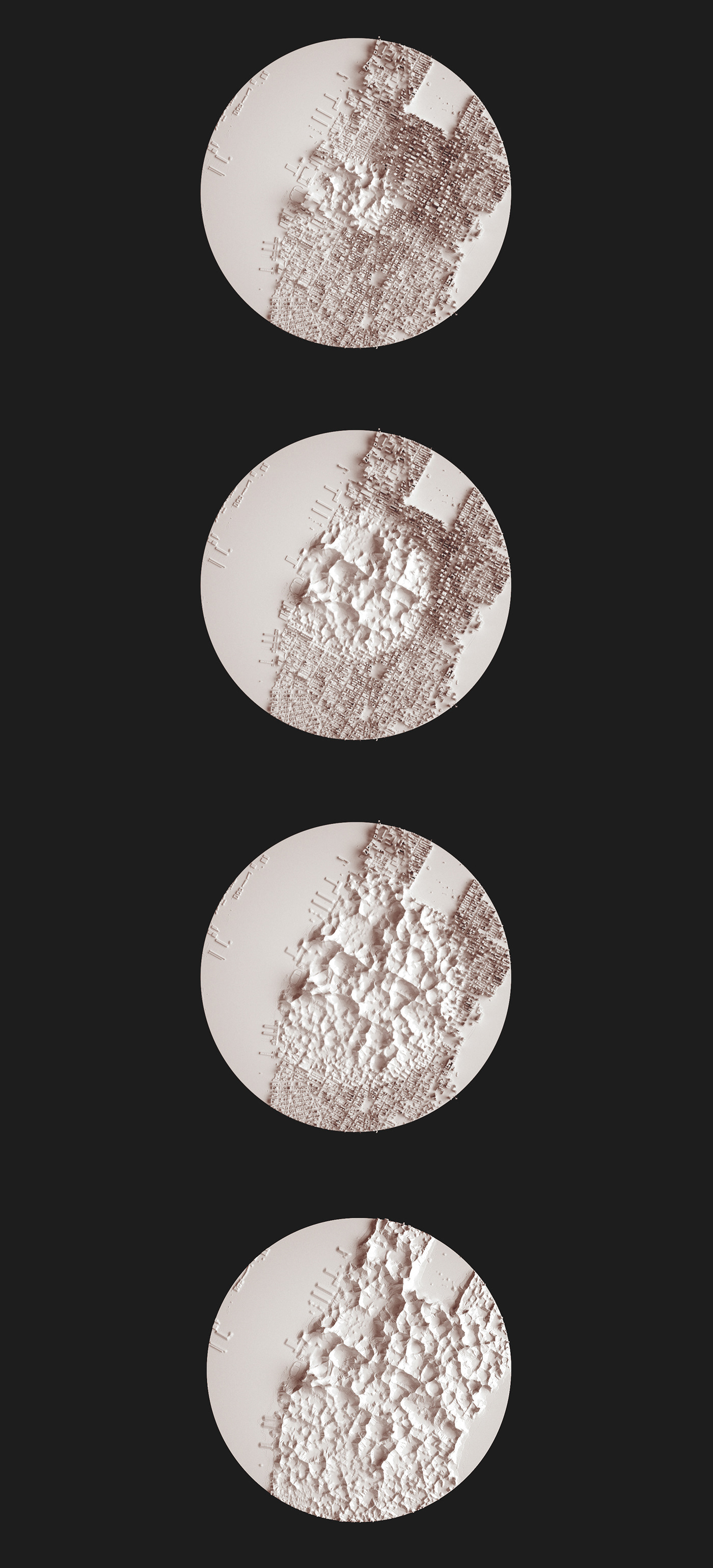





Product
In a series of urban studies, OXMAN proposes synergy between Manhattan’s cultural diversity and Mannahatta’s biotic livelihood: grid and garden. Informed by climate projections and inspired by urban habitats such as stone circles and megaliths, the series of models transitions from a human-centric biosphere to a distributed Nature-centric landscape, evolving harmony between the built and the grown. Across four centuries, Man-Nahāta—an imagined urban future—experiences emergence, growth, decay, and rebirth as a built-grown singularity. In 2100, climate intensifies, conditioning a re-balancing of landscape and inhabitants. Four essential seeds—shelter, nutrients, energy, society—self-organize into a layered circular system. The emerging city is designed by and informed by its dynamic environment. Sunlight and airflow shape its morphology, the water line defines its boundaries, and the hilly landscape underlies its grid. Through growth, the city produces enough resources by 2200 to be infinitely flexible, reconfiguring to meet the changing needs of its occupants. The working relationships between different life forms have taken an active turn and evolved into kinship.
These interconnections are expressed literally, in the form of an underground web of synthetic optical fibers and natural root systems. Plants play a major role in this era; through intelligent mediation of the environment, they allow the city to breathe. As global temperatures and sea levels rise by 2300, the city undergoes time-based decomposition, its organic substances breaking down into megalithic architectural elements: carbon dioxide, water, sugars, and mineral salts. Economic, social, and environmental links are untied and the city as an idea begins to disassemble from its material structures. Communication and belief systems hold the decaying city together, physically manifest as mycorrhizal networks woven through the Earth. In 2400, the urban cityscape of Manhattan persists as a memory captured in the hills and valleys of the landscape. The wetlands, salt marshes, and biodiversity of ancient Mannahatta are almost completely reborn in a new form, merging native history and urban history into one. The old city becomes a fossil, on top of which a new cycle of humanity is built.













Thank for watching!


